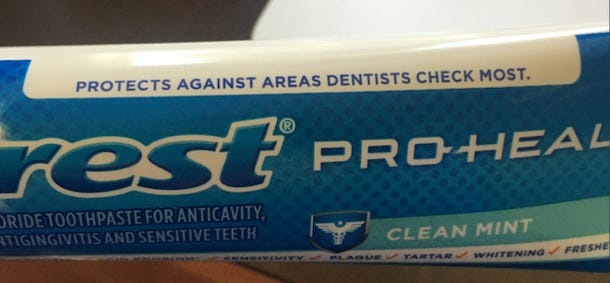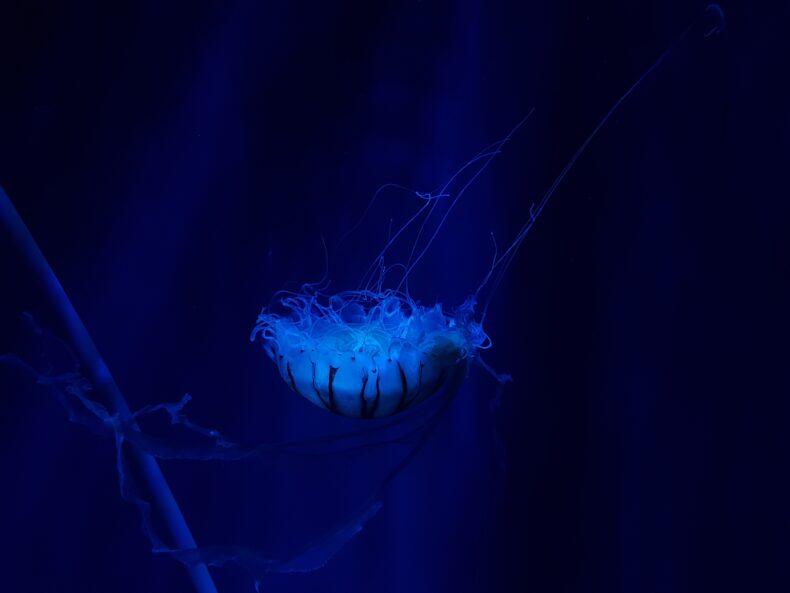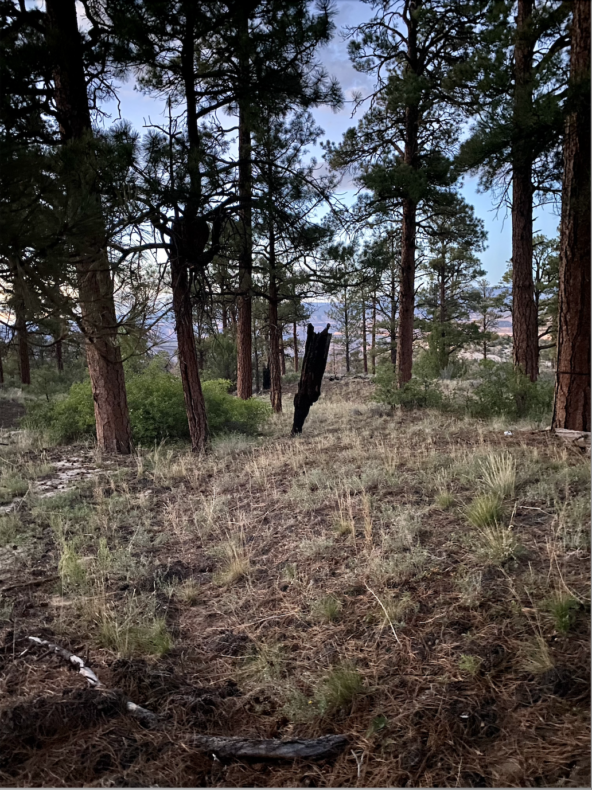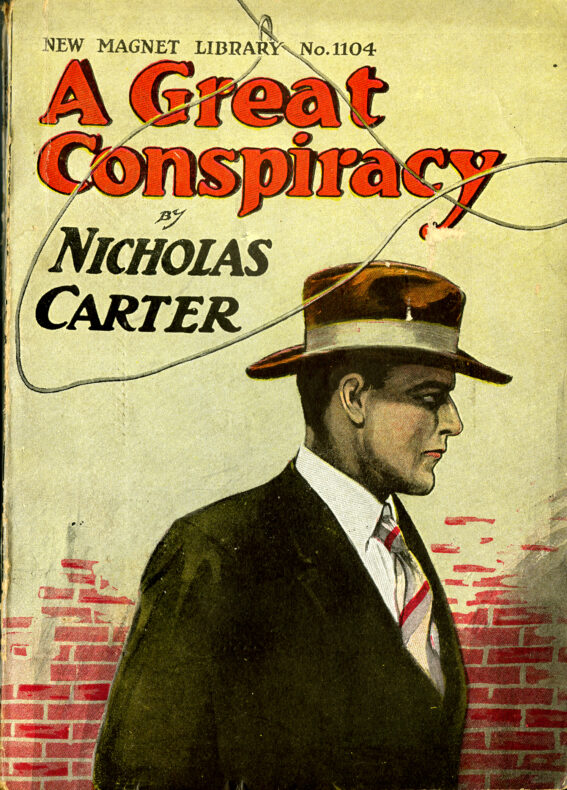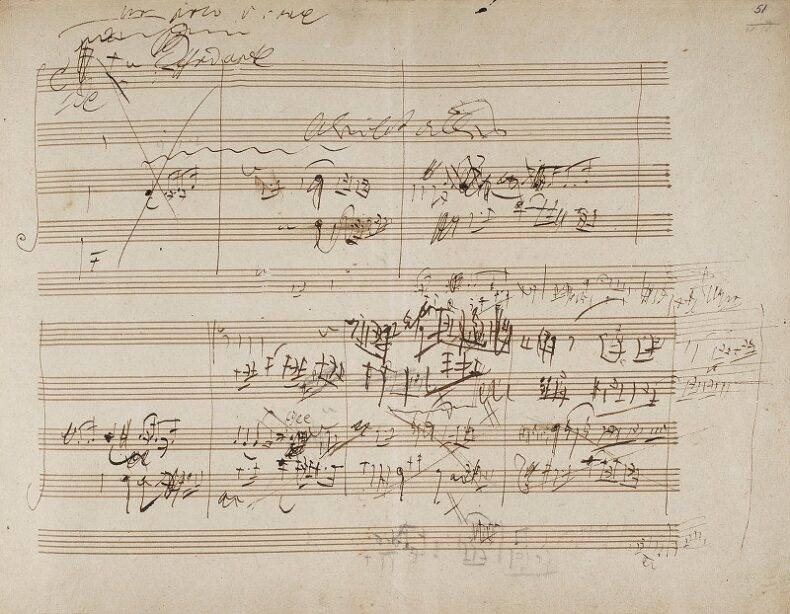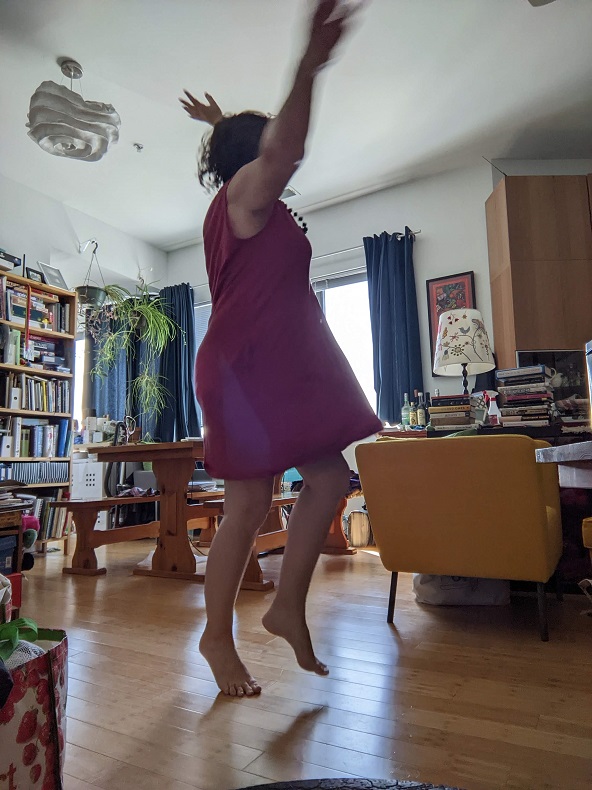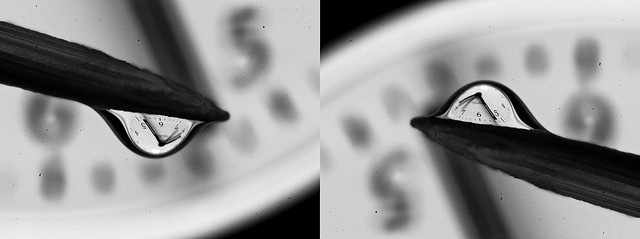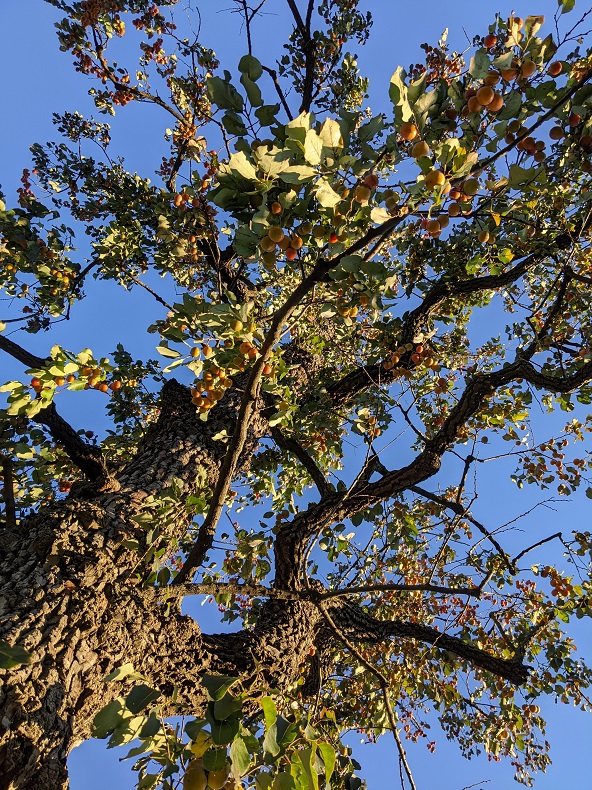This weekend I could not motivate to write a blog post from thin air, so I asked Our Cameron to interview me instead. Here we are.
So I saw a photo on Instagram of you wearing a pink(?!) dress. And then you said that you had worn that dress for 100 days. Wow! And what’s the deal?
I did! 100 days in a row!
The deal is that there’s this company called Wool& that has a very clever marketing thing: If you wear one of their dresses for 100 days, they’ll give you a $100 gift certificate. Their dresses cost over $100 each so the economics of this aren’t really the point – I’ll leave the math to you. But a friend of mine was doing the company’s 30-day challenge (same deal, for a $30 gift certificate) and I thought…well, that sounds fun. So I went for it, and dove right in to the 100 days.
Their clothes are made out of wool blends, and the point of the challenge is that wool doesn’t really get stinky. At the beginning I washed it every night in the sink but by the end of the 100 days I’d go for a week or two without even thinking about washing it. It just didn’t smell bad.
Ok, so I confess, I also looked at this (had I known you were doing this, I might have been able to do it in solidarity!). But I couldn’t figure out what dress I would actually wear for 30 days. I was thinking small. How did you pick?
It wasn’t a very sophisticated thought process. It was May in Washington, D.C., which meant I was going to be wearing it all summer, so I wanted short-sleeved or sleeveless. I obviously wanted pockets. And then one of the sleeveless dresses came in pink. I did consider getting it in a subtler color, like navy, but then I remembered that I love pink and I would probably enjoy wearing it every day. I was right!
And so wearing the same dress over and over is not too stinky–but otherwise, what’s it like to wear the same dress for 100 days?
Continue reading →
